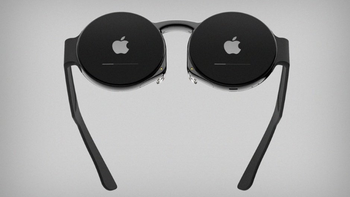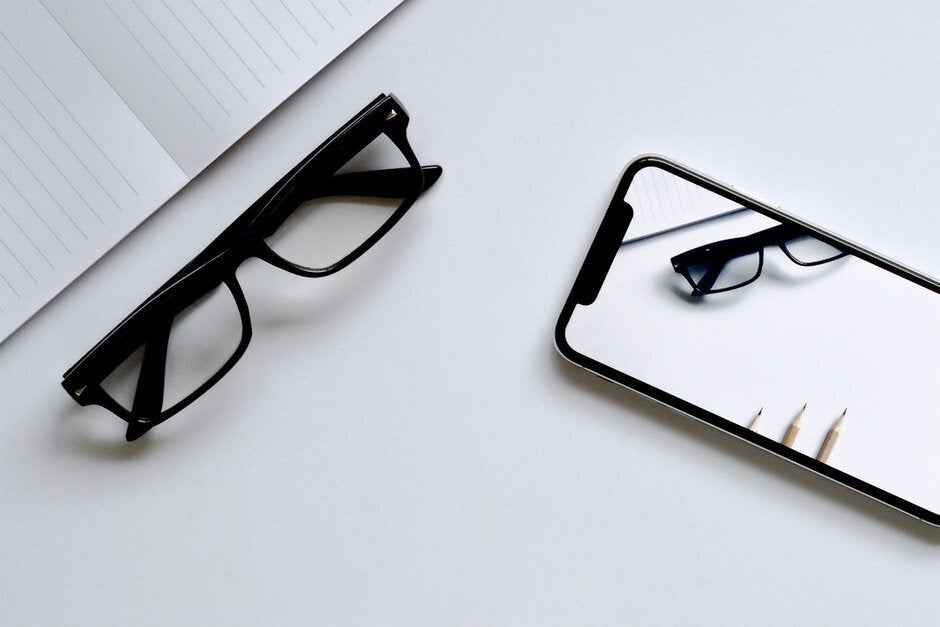Code found in iOS 13 suggests that Apple is testing its AR glasses

A few days ago, we told you about two new patent applications that Apple has filed for its rumored Augmented Reality headset known as Apple Glasses. One was for technology that projects images directly into the user's eyes instead of onto a screen. The other patent was for technology found on a pair of gloves that would allow users to employ hand gestures to control the content on the headset's display. The AR device could go into production no later than Q2 of next year according to famed Apple analyst Ming-Chi Kuo. Whether the headset launches next year or in 2021, it very well could be the company's "next big thing."
While one report earlier this year said that Apple had stopped work on the product, this has been contradicted by subsequent leaks. The word today from a report published by MacRumors is that information pertaining to the Apple Glasses was discovered inside internal builds of iOS 13. The next version of Apple's mobile operating system for the iPhone should be released sometime this month. Apple's headset supposedly carries a codename of T288 and the prototype mentioned in iOS 13 is known as "Garta." The internal iOS 13 build makes reference to a "STARTester" app that recreates on the iPhone screen what an Apple Glasses user would be seeing through the lenses of the headset. There are two different testing options available, "worn" and "held."
Will the Apple Glasses require the use of a nearby iPhone to process tasks?
The report goes on to note that a README file inside iOS 13 describes a "StarBoard" system shell for AR-enabled apps offering stereo sound. Strings of code mention AR "views" and "scenes" along with references to "StarBoard mode," "ARStarBoardViewController" and "ARStarBoardSceneManager."It isn't clear whether Apple Glasses will require the use of a nearby iPhone to provide the headset with the processing power it will need to operate. The glasses will reportedly employ the brand new Reality Operating System (rOS) and will be equipped with a new 5nm chip designed by the tech giant. While foundries owned by TSMC and Samsung are currently churning out 7nm chips at the moment, 5nm chips should roll off assembly lines next year; the lower the number of the process node, the higher the number of transistors that can fit inside a chip. Thus, a 5nm SoC will be more powerful and consume less energy than a 7nm component.

The rumored Apple Glasses could be released as soon as next year
Some analysts, like Loup Venture's Gene Munster, consider the Apple Glasses to be Apple's next big thing and say that the device will eventually be bigger than the iPhone. But as Google discovered with Google Glass, there are quite a few issues that will need to be ironed out for the device to become a success for Apple. Google unveiled its "Project Glass" in April 2012 and set the bar too high thanks to a video that accompanied the announcement. The clip showed how a Google Glass user would interact with the device throughout an entire day, receiving notifications, checking the weather, meeting a friend at a bookstore (getting navigation to the store and even inside the store), setting reminders, taking and sharing pictures, and engaging in a live video chat. As cool as the video made Google Glass look, the reality was much different. While all of the features displayed on the video were not available at the time the product launched, the $1,500 price for what was essentially $80 worth of parts turned off many consumers as did the process of having to purchase the device and have it fit the buyer's face.
Since those wearing Google Glass could take pictures without anyone knowing, some bars refused to allow patrons wearing the device to enter the premises. Several movie theaters, concerned about Glass wearers filming bootlegged versions of movies, refused to sell tickets to those donning a pair of the connected headsets. Because the headset could take photos and videos without the subject realizing it, Google Glass wearers became known as creeps and glassholes. These days, Google only sells the product to manufacturers to use in the production of certain products. It isn't known how Apple plans on avoiding the negative attitude toward the device that Glass wearers had to deal with.










Things that are NOT allowed: